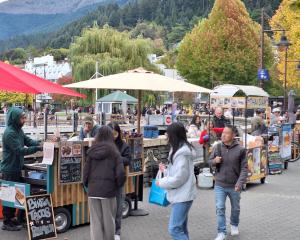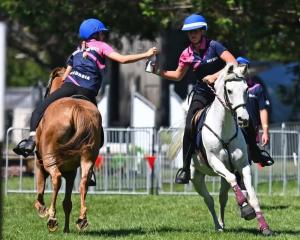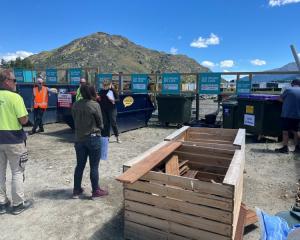
A Department of Conservation investigation report, obtained by the Otago Daily Times, shows the department did not assess and maintain the tree in question because it was not identified as a hazard.
''The investigator believes all trees on a highly visited reserve should be recognised as a potential hazard, thereby justifying regular checks,'' the report states.
The tree crashed on to a family at the Morningstar Reserve, near Shotover Jet, during high winds on January 22.
Wellington woman Selma George suffered multiple fractures and is just starting to walk again, and her 5-year-old son, Dalin Varghese, spent three days in Dunedin Hospital's intensive care unit.
The tree was on a ''marginal strip'' of Crown land managed by the Department of Conservation, according to the report.
Some of the land is leased by Shotover Jet, but that does not include the marginal strip (although its staff do operate across it).
The ''immediate'' cause of the incident was ''very strong gusty and swirling winds on the day, an ageing tree with a decaying root base below ground level, and a sandy soil base'', the report states.
But a primary cause was also the failure to identify the tree as a risk to the public.
The report also notes there was no safety plan in place for the site and most Wakatipu safety plans had not been reviewed.
Corrective actions were recommended, including regular arborist assessments of trees at the site, discussing the establishment of extreme weather event procedures with tourism operators, and reviewing the memorandum of understanding with Shotover Jet, Go Orange Rafting and Canyon Brew Bar.
Doc Wakatipu operations manager Geoff Owen said an inspection carried out by a qualified arborist on the day of the accident found the fault in the willow was in the root ball below ground level, which was ''unlikely to have been identified during standard maintenance checks''.
He said the department was responsible for the management of the marginal strip, and it was working with other occupiers/leaseholders operating at the site to review health and safety plans and procedures, including hazard identification processes and being clear on roles, responsibilities and obligations to staff and visitors.
Comments
Of course the logical conclusion is that all trees should be cut down because any one of the devious things might fall on or trip up any person at any time.
People shouldn't be allowed within 10 metres of any body of water. In fact it would be far safer if people were simply strapped to a chair and never allowed to move.
Most of nature can "get" people at some time. The LAST thing we need is for PC anti risk nutters removing all our freedoms in the name of safety. I want to still be able to jump into puddles and slip on snow. Life is risky. The alternative is a bit severe for me.
And for petes sake, lets stop trying to blame someone every time someone is injured.
"shows the department did not assess and maintain"
So why is doc given more funding if they cannot maintain what they do have.












